When Carlo Orsi published his first photography book in 1965—a collection of images of the city of Milan—his storytelling inclination was immediately evident.
The city, his city, is portrayed through a series of photographs rich in expressive intensity, carefully sequenced to construct a narrative. As Gianfranco Pardi wrote: "It is the story, at times dark and dramatic, of a city undergoing profound transformation—a Milan striving, energetically and radically, to emerge from the trauma of the post-war years. During those years, real reconstruction began. For better or worse, everything was changing: new buildings rising, waves of new inhabitants arriving in the first major migratory flows, and everyday habits evolving in the midst of a politically charged atmosphere. Milan was no longer Boccioni’s ‘rising city’—it was a city changing its clothes and character, and that transformation brought dramatic contradictions. This restless motion and its contradictions were captured in Carlo’s book through images that now appear as distilled icons from a complex world of rapidly shifting signs.
The Pirelli skyscraper and the corner tavern were the symbolic extremes of this process—one in which every city dweller, in some way, played an active role. Carlo was photographing the very city he was helping to transform through his lens. In essence, they were beautiful images of his own home, where furniture was being rearranged, a television set bought, and a Filipina housekeeper hired. Images of a world he knew in his youth, a world he took part in—yet one that still awaited discovery and revelation, even though it was 'within reach.'
The streets where Carlo walked, the people he met, the stations from which he so often departed—or arrived."
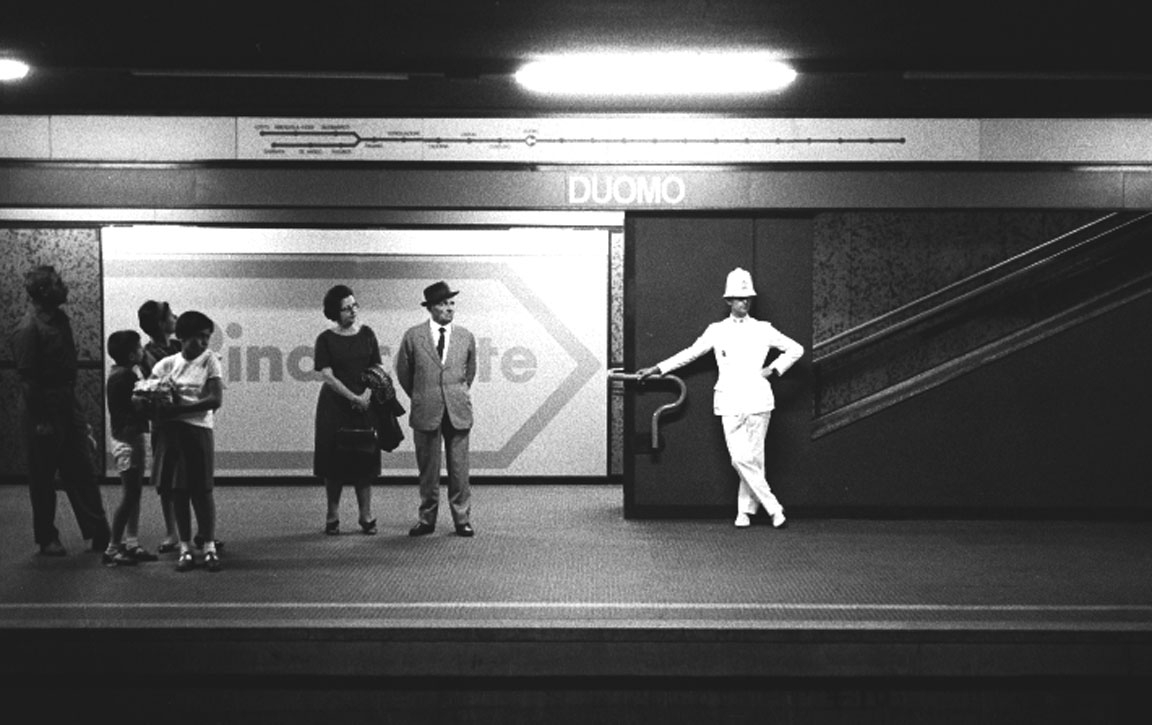
When Carlo Orsi published his first photography book in 1965—a collection of images of the city of Milan—his storytelling inclination was immediately evident.
The city, his city, is portrayed through a series of photographs rich in expressive intensity, carefully sequenced to construct a narrative. As Gianfranco Pardi wrote: "It is the story, at times dark and dramatic, of a city undergoing profound transformation—a Milan striving, energetically and radically, to emerge from the trauma of the post-war years. During those years, real reconstruction began. For better or worse, everything was changing: new buildings rising, waves of new inhabitants arriving in the first major migratory flows, and everyday habits evolving in the midst of a politically charged atmosphere. Milan was no longer Boccioni’s ‘rising city’—it was a city changing its clothes and character, and that transformation brought dramatic contradictions. This restless motion and its contradictions were captured in Carlo’s book through images that now appear as distilled icons from a complex world of rapidly shifting signs.
The Pirelli skyscraper and the corner tavern were the symbolic extremes of this process—one in which every city dweller, in some way, played an active role. Carlo was photographing the very city he was helping to transform through his lens. In essence, they were beautiful images of his own home, where furniture was being rearranged, a television set bought, and a Filipina housekeeper hired. Images of a world he knew in his youth, a world he took part in—yet one that still awaited discovery and revelation, even though it was 'within reach.'
The streets where Carlo walked, the people he met, the stations from which he so often departed—or arrived."
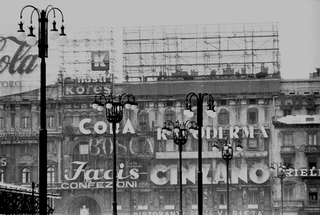
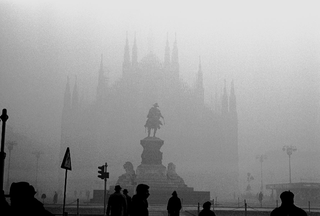
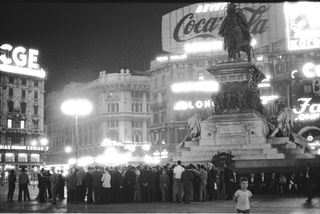
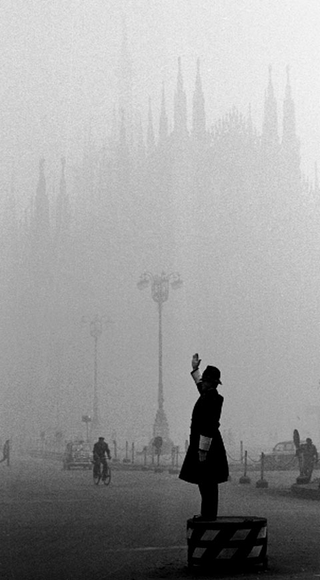

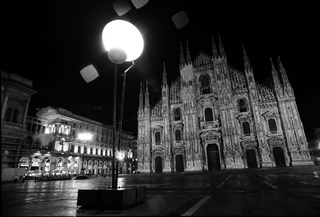
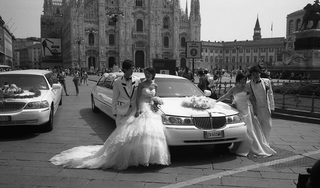
Social
Contatti
archivio@carloorsi.com